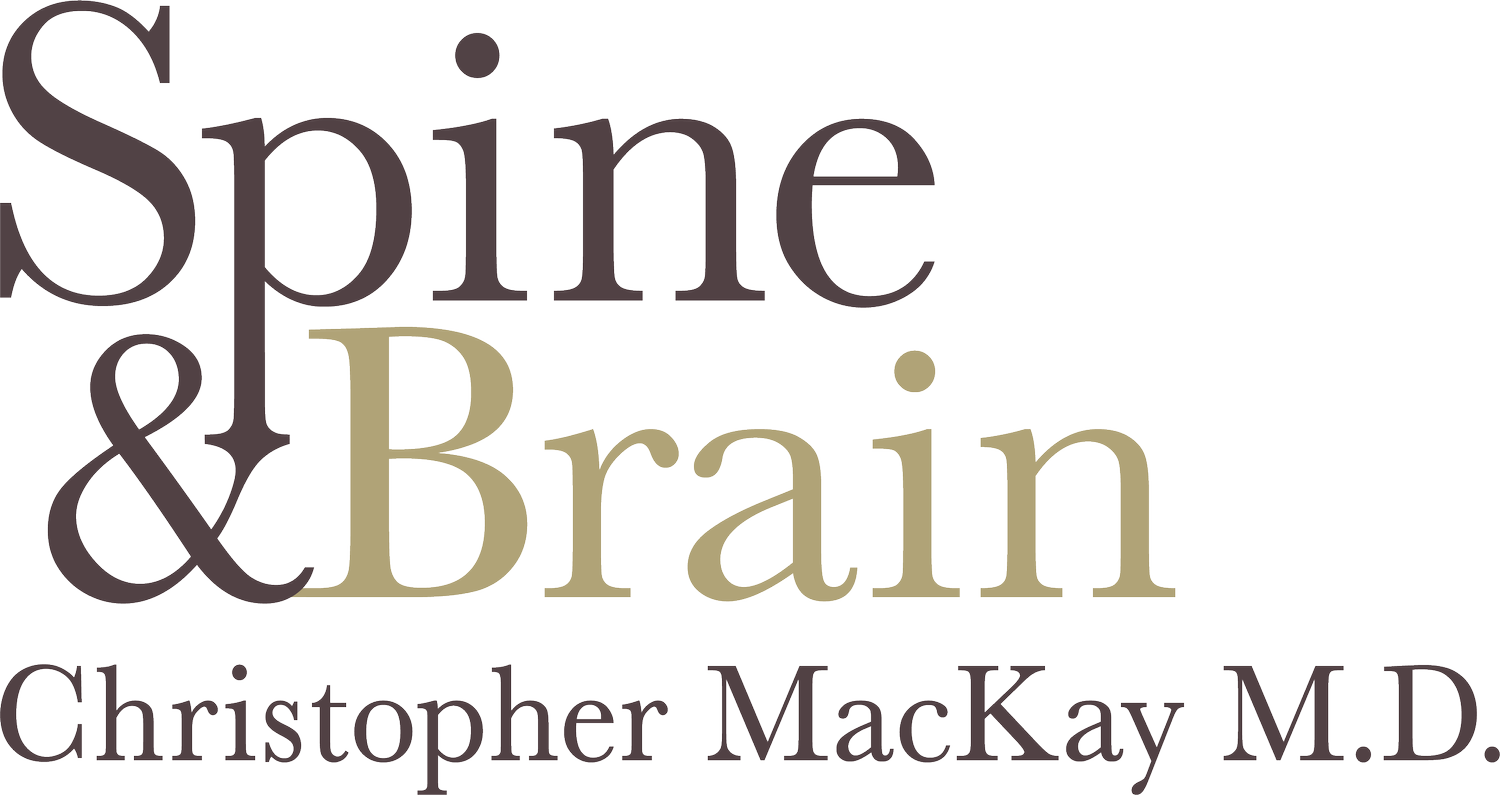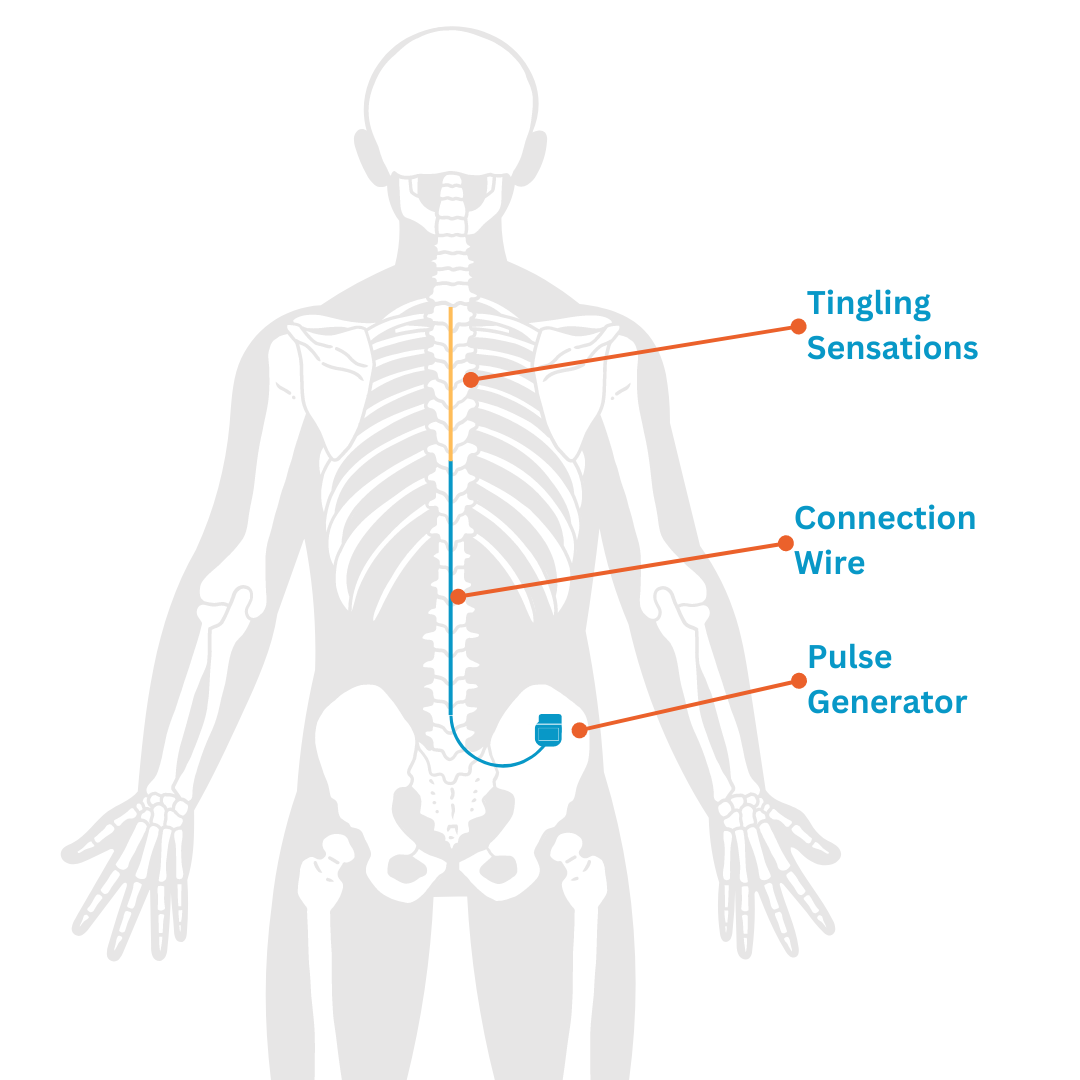Chronic Pain Management with Spinal Cord Stimulation
Chronic pain is a persistent condition that can severely impact an individual's quality of life. It often leads to limitations in mobility, and difficulties in performing daily activities and can even affect mental health. Traditional treatments, such as medication or invasive surgeries, can sometimes be inadequate or come with significant risks and side effects. Fortunately, advancements in neurosurgical techniques have introduced spinal cord stimulation (SCS) as a promising, minimally invasive solution for managing chronic pain effectively.
What is Chronic Pain?
Chronic pain is defined as pain that lasts longer than 12 weeks, even after the initial injury or underlying cause has been treated. Unlike acute pain, a normal sensation triggered by the nervous system to alert you to possible injury, chronic pain is persistent and can continue for months or even years. It can stem from various conditions, including:
Back pain: Often caused by conditions such as herniated discs, spinal stenosis, or degenerative disc disease.
Neuropathic pain: Resulting from nerve damage, often associated with diabetes, shingles, or spinal cord injuries.
Arthritis: Chronic inflammation of the joints causing persistent pain and stiffness.
Fibromyalgia: A condition characterised by widespread musculoskeletal pain accompanied by fatigue, sleep, memory, and mood issues.
Understanding Spinal Cord Stimulation
Spinal Cord Stimulation System
Spinal cord stimulation is a therapy that involves implanting a small device under the skin. This device sends electrical impulses to the spinal cord, which disrupts the pain signals before they reach the brain. Here’s how the process works:
Initial Assessment: A comprehensive evaluation is conducted to determine whether a patient is suitable for SCS. This includes a detailed medical history, physical examination, and imaging studies.
Trial Period: Before the permanent device is implanted, a trial period is conducted. A temporary device is placed to test the effectiveness of the stimulation. If the patient experiences significant pain relief during this trial, the permanent device is implanted.
Implantation: The permanent device is surgically implanted under the skin, usually in the lower back. Leads are placed near the spinal cord, and the device is connected to these leads. The procedure is minimally invasive, requiring only small incisions.
Programming: After implantation, the device is programmed to deliver the optimal level of electrical stimulation. This programming can be adjusted as needed to ensure maximum pain relief.
Benefits of Spinal Cord Stimulation
Spinal cord stimulation offers several benefits for chronic pain management, making it an attractive option for many patients:
Minimally Invasive: The procedure involves small incisions, resulting in less postoperative pain and quicker recovery times compared to traditional surgeries. This means patients can return to their daily activities sooner.
Customizable Pain Relief: The level of stimulation can be adjusted to provide optimal pain relief for each individual patient. This customization ensures that the therapy is effective and tailored to the patient's specific needs.
Reduced Dependence on Medication: SCS can significantly reduce or even eliminate the need for pain medications, including opioids, which can have serious side effects and potential for addiction.
Reversible: If necessary, the device can be removed, and the procedure is reversible. This offers flexibility and peace of mind for patients who may be concerned about long-term commitments.
Clinical Evidence Supporting Spinal Cord Stimulation
Research has shown that spinal cord stimulation is effective in managing chronic pain. A systematic review published in the European Spine Journal concluded that SCS provides significant pain relief for patients with chronic pain conditions, particularly those who do not respond to other treatments (Hao et al., 2023). Additionally, a study by the Massachusetts General Hospital found that patients undergoing SCS experienced substantial improvements in pain relief and quality of life compared to those receiving conventional therapies (Massachusetts General Hospital, 2023).
Patient Outcomes
Many patients who have undergone spinal cord stimulation report dramatic improvements in their quality of life. They experience reduced pain levels, increased mobility, and an enhanced ability to participate in daily activities. Patient testimonials often highlight the procedure's life-changing impact, emphasizing the return to normalcy and reduced chronic pain symptoms.
Work with Our Neurosurgical Spine Surgeon
At Mackay Spine and Brain, our experienced neurosurgeon, Christopher MacKay, specializes in the latest advancements in chronic pain management, including spinal cord stimulation. We are committed to providing personalized care tailored to each patient's needs. We aim to help you achieve long-term pain relief and improve your quality of life.
If you or a loved one is struggling with chronic pain, contact us today to learn more about how spinal cord stimulation can help you live a pain-free life. Schedule a consultation to discuss your treatment options and start your journey towards recovery.
References
Hao, D., et al. (2023). Spinal cord stimulation for chronic pain: A systematic review. European Spine Journal. Retrieved from link.springer.com
Massachusetts General Hospital. (2023). Clinical Advances in Minimally Invasive Spinal Neurosurgery. Mass General Advances in Motion. Retrieved fromadvances.massgeneral.org

